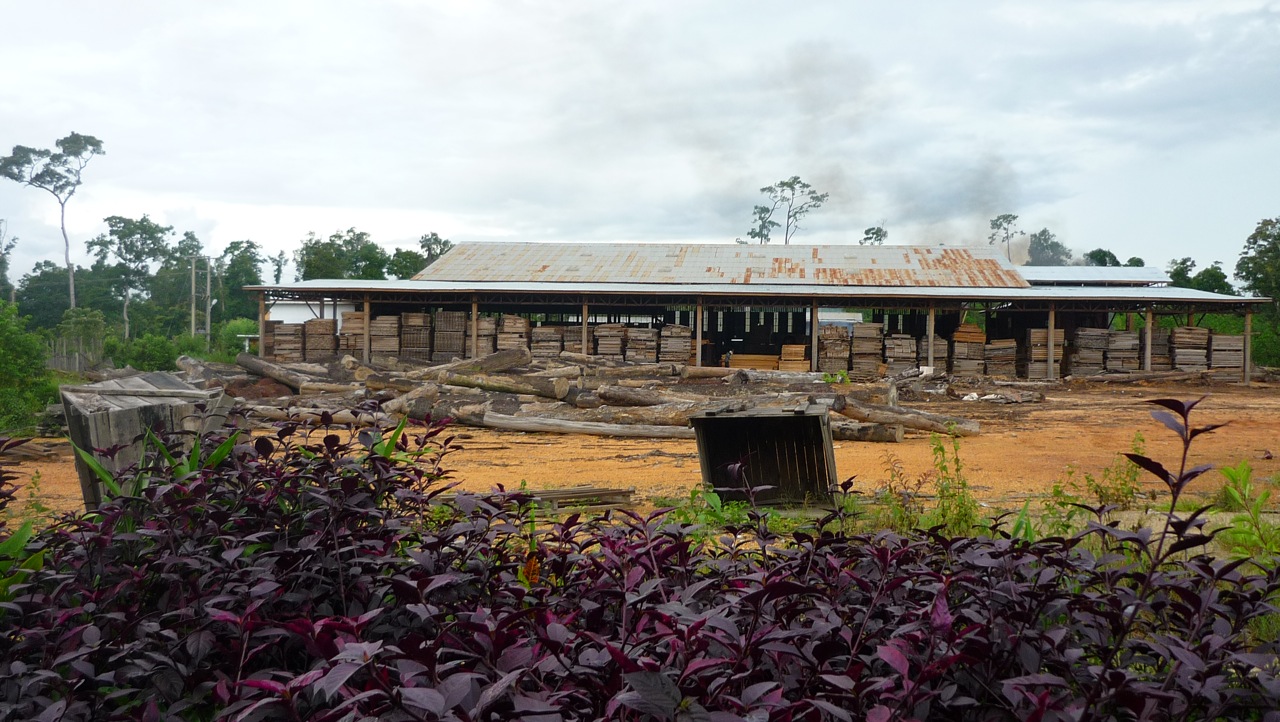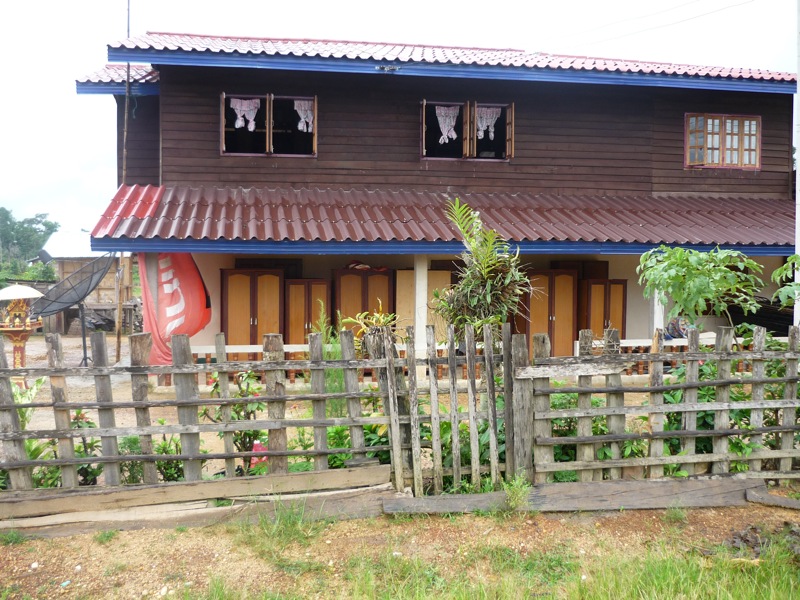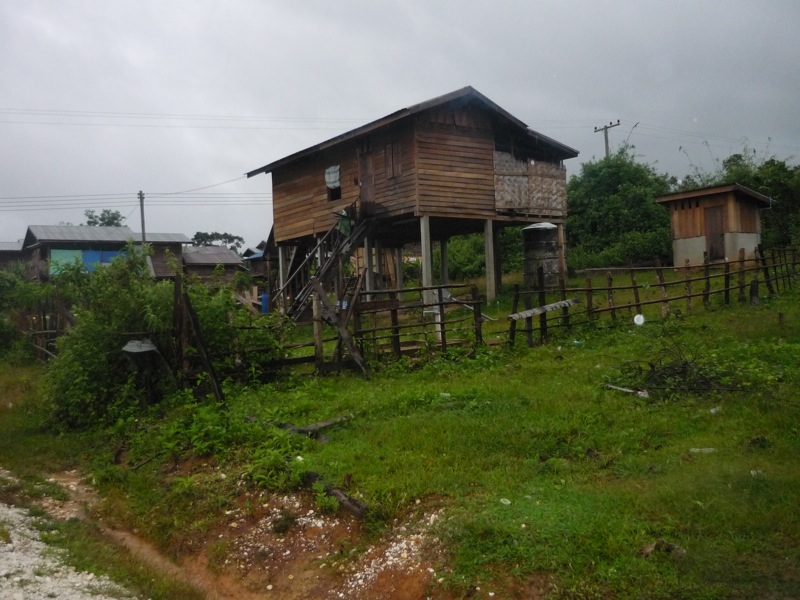During a visit to Laos a fortnight ago, the World Bank President, Robert Zoellick, commended Laos on its recent achievements in sustainable development and poverty alleviation efforts, especially in relation to the Bank supported Nam Theun 2 (NT2) hydropower scheme.
Specific attention was paid to the protection of the Nakai-Nam Theun National Protected Area (NPA) and the livelihood improvements experienced by villagers living near the reservoir, which contribute to the Bank’s quest “to make NT2 an excellent example of socially and environmentally sustainable hydropower for the long-term.”
Significantly, ‘sustainability’ is often taken to mean that rural livelihoods that were formerly based on natural resources are being transformed into livelihoods based on the market economy. A promotional video explains that: “before the NT2 project, only a few households earned off-farm income. After resettlement, villages are now linked by roads and a local economy is developing. Resettled households have more access to markets and employment.”
Land extensive livelihoods were to be replaced by intensification of production as well as increased off-farm income sources and increased management of livelihood activities through institutions like the Village Forestry Association (Photo 1, above).
Improvements in the lives of resettled villagers have been recorded in monitoring surveys and are readily apparent when comparing the pre- and post-resettlement village infrastructure and living conditions (see the WB’s NT2 update here) (Photo 2). However, if we focus on the specific activities that villagers’ rely on to procure food and make an income then the ideal of environmentally-friendly market-based livelihoods is a persistent challenge.
When I visited Laos briefly in mid-2010 consultants talked about the continued harvesting of a luxury timber from the Nakai-Nam Theun NPA, which has been a concern for the World Bank’s involvement in NT2 since the 1990s. Villagers are well aware of the sensitivity of logging in the NPA, and can be very wary in reporting income from such sources in formal surveys.
In a resettled village that I’ve been visiting since 2004, one family explained that their newfound wealth was obtained by logging of rosewood inside the Nakai–Nam Theun NPA (Photo 3 and 4). They said they started logging when the reservoir was being filled and many traders came looking to buy timber, and they stopped when patrols became hard to avoid and the fines too expensive. With the money earned from their earlier logging they were able to hire labour from poorer villagers to make a large garden. A spouse of a district forestry official who was visiting from the district centre complimented them saying, “that’s clever, you did it before everyone else!”
Through their personal connections, two members of the family now earn salaries from the Village Forestry Association and the Phonesack/Nancy sawmill. Both of these employers are key concerns for Bank-required international monitors because of persistent breaches of the NT2 concession agreement that threaten the social and environmental commitments of the project.
Villagers said that for others who lack similar salaries, income is mostly from fishing and forest products. But as wealthy villagers commented, fishing is not so good as it only offers about 5,000Kip/kg for small fish compared to 10,000Kip/kg for rice (Photo 5). And the sustainability of fishing for local livelihoods is challenged by external commercial fishing interests and water quality that was affected by insufficient removal of soft biomass by government salvage logging operations.
A villager leader said how only a handful of poorer households were planting rice this year, “most are doing fish and wildlife.” His non-mention of logging is likely due to his connections to logging through past employment with the state-owned enterprise, BPKP. He also commented that “some things are convenient in the new village like road and electricity, but other things not convenient like not having enough fields.” Villagers and district residents also noted they must buy commonly eaten forest foods like bamboo shoots from Gnommolat District, since the reservoir flooded areas where they were previously abundant in Nakai (Photo 6).
Given that monetary income is now required to meet daily needs, high value forest products, like rosewood and pangolins, continue to be appealing despite the risks because of their high returns. A resident in the Nakai district centre suggested that such experiences are common: “it is the same for people in the district centre and all villages in Nakai, if they have other work then they do not do logging because they are scared of being fined. But, if they have no other work then they must do logging because fishing is not enough. So many still do it.”
While NT2 has distinct advantages over other hydropower projects in Laos where international pressure for social and environmental impact management is lacking, the ideal of environmentally-friendly market-based livelihoods may be unachievable.
This is partly due to an inherent contradiction between extending markets in rural areas and protecting certain natural resources from exploitation. This contradiction is exacerbated by the lack of authority of the Watershed Management Protection Authority – a government agency established to manage the Nakai–Nam Theun NPA to fulfil World Bank requirements. In practice however, this agency is often subordinate to powerful interests like the Phonesack Group, which have been extended a gold mine next to and into the NPA through a military authorized concession (see report of panel of experts here). As one consultant said, “the WMPA can’t get high people, just occasionally arrest villagers.”
In World Bank planning for NT2, sustainability is conceived of as environmental protection of the Nakai–Nam Theun NPA and regulated resource utilisation outside the NPA. The fact that resettled villagers and others continue to utilise natural resources in the NPA indicates the problems with governance and that the alternative livelihoods on offer are not competitive. Resolving these issues may be a worthy ideal and would help promote NT2 internationally as a flagship project of the World Bank, but the feasibility of this quest is very uncertain.
 Facebook
Facebook  Twitter
Twitter  Soundcloud
Soundcloud  Youtube
Youtube  Rss
Rss 




